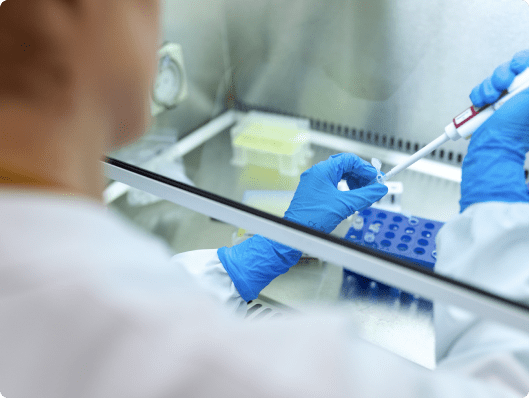Environmental testing labs near me play a crucial role in assessing the impact of industrial activities on the natural environment. These laboratories utilize a range of innovative technologies to detect and quantify pollutants, ensuring that industries comply with environmental regulations and helping to identify those responsible for environmental degradation. This article explores how these labs integrate cutting-edge technologies to pinpoint environmental culprits effectively.
The Role of Environmental Testing Labs
Environmental testing labs are essential in monitoring and protecting our ecosystems. They analyze samples from air, water, soil, and wildlife to detect the presence of contaminants like heavy metals, pesticides, volatile organic compounds, and other pollutants. The results from these analyses help governmental agencies enforce environmental laws and regulations, allowing them to take action against entities that violate these standards.
Integration of Advanced Technologies
Spectroscopy and Chromatography
Spectroscopy (including mass and atomic absorption spectroscopy) and chromatography (like gas chromatography and high-performance liquid chromatography) are foundational technologies in environmental labs. These methods allow for the precise identification and quantification of pollutants at very low concentrations, essential for detecting contaminants that could harm human health and wildlife.
Remote Sensing and Drones
The use of remote sensing technologies and drones has revolutionized environmental monitoring. These tools can collect data over large and inaccessible areas, providing real-time information about the state of the environment. Drones, for instance, can be equipped with sensors to detect gas leaks or thermal irregularities in industrial sites, pinpointing sources of pollution with high accuracy.
Bioinformatics and Data Analysis
With the surge in data collected from various testing techniques, bioinformatics has become crucial in interpreting vast amounts of environmental data. Advanced algorithms and machine learning techniques can identify patterns and trends that might go unnoticed by human analysts, leading to more accurate predictions of environmental impacts.
Internet of Things (IoT)
IoT technologies involve networks of sensors and devices that communicate with each other and with central systems. In environmental testing, IoT can be used for continuous monitoring of environmental parameters, sending alerts when pollutant levels exceed safe thresholds. This continuous data stream helps in maintaining a constant vigil on industrial processes, ensuring timely detection of any anomalies.
Case Studies and Success Stories
Environmental testing labs have successfully identified culprits of pollution through innovative technologies. For example, in a recent case in California, environmental scientists used drone technology to identify an illegal discharge point releasing toxic chemicals into a river. The real-time data provided by the drone enabled authorities to act swiftly, mitigating the environmental impact and holding the responsible company accountable.
In another instance, spectroscopic analysis helped trace the source of heavy metal contamination in the soil to a nearby manufacturing facility. This precision allowed for targeted remediation efforts and legal action against the facility, which was found to be non-compliant with waste disposal regulations.
Challenges and Future Directions
While environmental testing labs are integrating more technologies into their workflows, they face several challenges. The high cost of advanced technologies and the need for specialized personnel to operate these tools can be prohibitive for some laboratories, especially in developing regions. Furthermore, the rapid pace of technological advancement means that labs must continually update their equipment and training procedures to stay current.
Looking ahead, the future of environmental testing lies in the further development of integrated systems that combine various technologies for a more holistic approach to environmental monitoring. For example, combining IoT with AI and machine learning could lead to smarter, more responsive systems that not only detect but also predict pollution incidents before they occur.
Summing up, environmental testing labs near me are at the forefront of integrating innovative technologies to combat pollution. Through the use of advanced analytical methods, remote sensing, bioinformatics, and IoT, these labs are essential in our fight to protect the environment.

